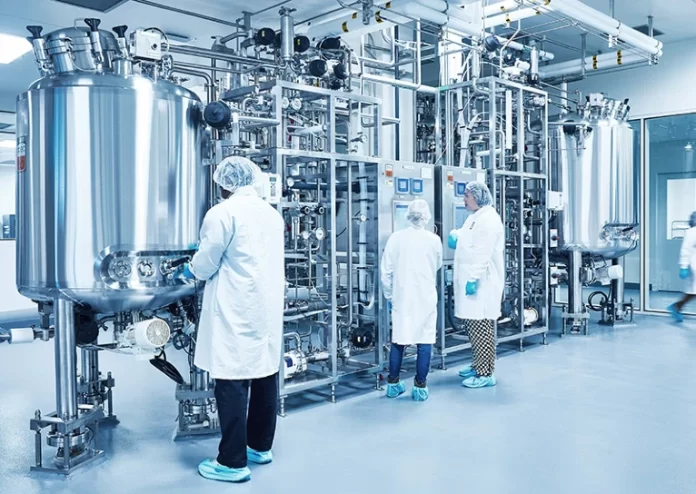Hey Folks! Today’s trending research is a page out of science fiction. It is about lab grown meat!
“Globally 80 billion animals die for our dinners each year.’ However, Californian bioreactors are now producing meat that tastes like regular meat but comes from animal cells on a petri plate.
Once upon a time, this concept was just science fiction. A decade ago it was experimental. Today, 150 companies are working to bring cultured meat products to the market.
Since 2020, cultivated chicken has only been sold in Singapore. However, two US companies have joined the race (UPSIDE Foods in Berkeley and GOOD Meat) with expectations that the first product will hit the market before the end of the year. Production plants are being built, and investment has hit $2.78 billion, according to an industry report.
While commercial interest and activity ramp up, scientists are continuing to research newer and cheaper ways of culturing animal starter cells for human consumption. The scientific community is serious about this! Let me give you an example. The Good Food Institute (GFI), a non-profit organization based in Washington DC, was founded in 2016. Their goal is to promote alternatives to animal products. To this end, they handed out $17 million in research grants to accelerate science into all aspects of meat alternatives. Interestingly, over half the money went to researching lab grown meat.
Lab grown meat is soon becoming a topic of many conversations attracting both supporters and critics alike, due to its unconventional methods of production. Advocates are positive about its benefits in reducing land use and biodiversity impacts while serving the human’s appetite for flesh. However, the critics question its health benefits and food security. The big question is – Will these benefits outweigh the negative effects of such products?
Although innovative, cultured meat is made by supplementing a starter culture of animal cells with nutrients. This is similar to culturing cell lines or bacteria in a nutrient-rich medium in a lab. The only difference is the scale of production. However, there are many challenges the manufacturer must overcome to gain a strong foothold in the industry. This includes, finding the right starter culture and overcoming high operational costs. Many companies are experimenting with different starter cultures like cow biopsies and genetically modified immortal cell lines. Thereby paving the way to produce cultured meat on a mass scale.
There are several operational challenges to producing meat in a bioreactor. The starter cells require a growth medium with essential nutrients such as amino acids, sugars, salt, and vitamins. The medium has to replenished periodically to ensure cell growth continuum which makes is expensive. Research labs use cattle-derived fetal bovine serum to maintain cell lines. However, using this for culturing meat in a lab would be counterproductive due to its negative impacts on animal welfare and environment sustainability. Researchers are therefore searching for cheaper and plant-based alternatives to aid production. In addition, energy consumption of these bioreactors is high and is environmentally harmful. Therefore, this venture will become a futile effort unless the energy source can be replaced with renewable energy.
In 2013 the world’s first cultured meat burger went down in history at a cost of $325,000. Today, this is a billion dollar industry with several operational manufacturing plants. Furthermore, specialised manufacturing plants are hitting the ground. The prediction is that the cost of lab grown meat may be brought down to a mere $6 per kilogram. Although there is hesitation to consume these products in some areas of the world, the surveyors believe cultured meat will become popular in the Western world even as a choice of protein for vegetarians and vegans. As such, this technology holds promise as an ethical and sustainable alternative to address global meat consumption and production. The purpose of this invention is to produce quality meat products that are nutritionally equivalent if not better than conventional products while minimising the impact on the environment and biodiversity.
Will this trend become common place in the future?
References
Jones, N. (2023). Lab-grown meat: the science of turning cells into steaks and nuggets. Nature, 619(7968), 22–24. https://doi.org/10.1038/d41586-023-02095-6


